In this extensive guide, we will explore the fascinating world of hostas—what they are, how they can thrive indoors, the best practices for care, and the unique benefits of growing them within your living space.
Understanding Hostas’ Light Requirements
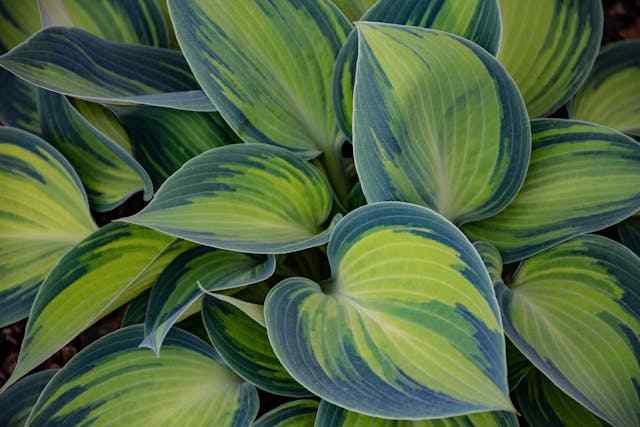
One of the primary challenges when considering growing hostas indoors is their light requirements. Outdoors, hostas typically prefer partial to full shade, making them well-suited for woodland gardens or areas shielded from direct sunlight. Indoors, the situation can be a bit different, and understanding their light needs is crucial for success.
While hostas can tolerate low light, they thrive in bright, indirect sunlight. Positioning them near a north or east-facing window would be ideal since the gentle light will keep them healthy without the risk of scorching their delicate leaves. A lack of adequate lighting can lead to leggy growth, diminished coloring, and overall poor health. It’s essential to observe your hostas regularly and adjust their position if they appear to be struggling.
Choosing the Right Variety for Indoor Growth
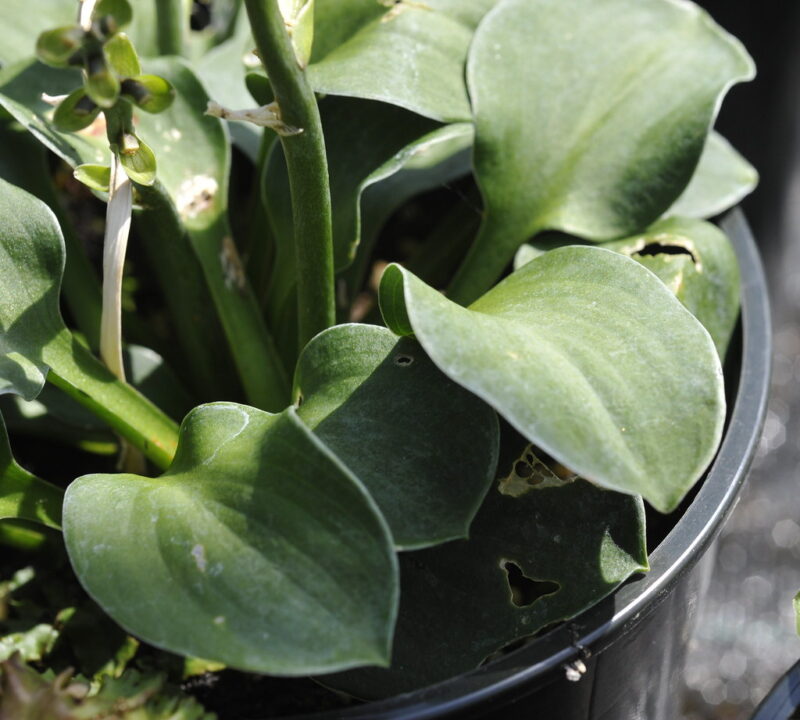
Not all hosta varieties are created equal, especially regarding indoor growth. Certain varieties are more suited to confined spaces and are better adapted to lower light conditions. When selecting hostas for indoor growing, consider choosing smaller or more compact varieties.
Hosta ‘Blue Mouse Ears’ – This charming variety features rounded, blue-green leaves and grows to just about 12 inches tall, making it perfect for indoor containers.
Hosta ‘Little Aurora’ – A mini hosta that sports small, gold leaves with a green edge, it’s another excellent choice for those looking for a touch of brightness indoors.
Hosta ‘Lucky Mouse’ – Compact and appealing, this variety has beautifully rounded foliage and is less demanding in terms of space and light.
By selecting the right variety, you lay the groundwork for a successful indoor hosta-growing experience.
Ideal Soil and Potting Options

Hostas thrive in rich, well-draining soil, and the same principle applies when growing them indoors. Utilizing a high-quality potting mix with organic matter, such as compost or peat, will provide the necessary nutrients that hostas need to flourish.
Make sure to choose a pot with adequate drainage holes to prevent water from accumulating, as hostas dislike soggy roots. A terracotta or ceramic pot can be a great option as these materials help regulate moisture. Additionally, consider layering the bottom of the pot with pebbles to further enhance drainage.
When potting your indoor hostas, be gentle with their roots. Hostas are relatively hardy, but rough handling can lead to transplant shock, which can hinder their growth. Ensure that the pot is just slightly larger than the previous one when repotting, as hostas prefer to be somewhat root-bound.
Watering Techniques for Indoor Hostas
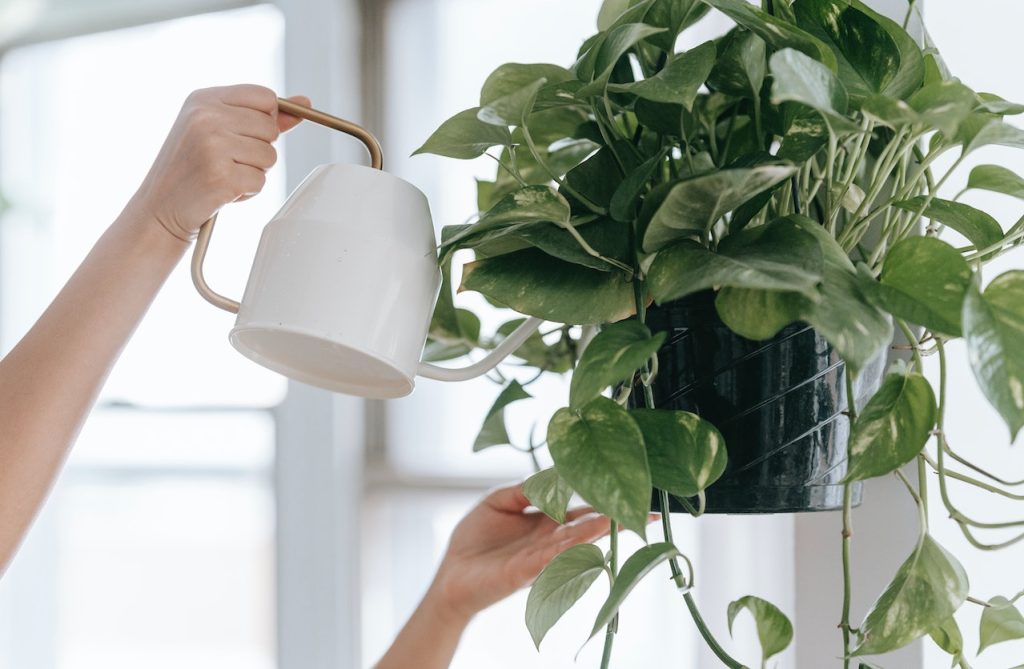
Watering can make or break your indoor gardening success. Hostas prefer consistently moist soil but can quickly succumb to root rot if overwatered. Achieving the right balance is crucial.
To provide effective care, always check the soil moisture before watering. A simple finger test—placing your finger about an inch into the soil—can help determine if your hosta needs water. If it feels dry, it’s time to water. When you do, ensure that the water drains fully through the bottom of the pot.
During the warmer months, the temperature and humidity levels will affect how much water your hostas need. Be especially attentive as the weather changes, and adjust your watering routine accordingly. In the winter, when many hostas enter a semi-dormant stage, you may find that they require less frequent watering.
Fertilization for Healthy Growth
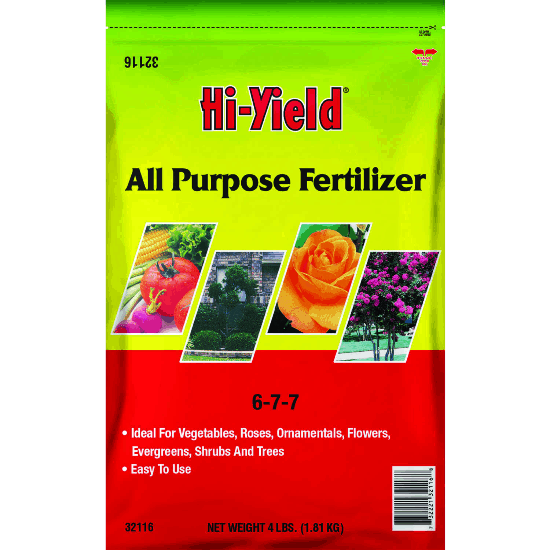
While hostas are not heavy feeders, providing them with the right nutrients will enhance their overall health and vibrancy. During the growing season, from spring to early summer, a balanced, slow-release fertilizer can support their growth. Look for formulations that are specifically designed for broadleaf plants or flowers.
It’s better to err on the side of caution with fertilizers; over-fertilizing can lead to leggy growth and a weaker plant. Just a small amount every four to six weeks during the growing season is often sufficient.
Additionally, supplementing with organic options, such as compost or worm castings, can provide a natural boost without the risk of chemical overload. Just remember to mix them into the top layer of the soil to encourage balanced absorption.
Humidity and Temperature Considerations
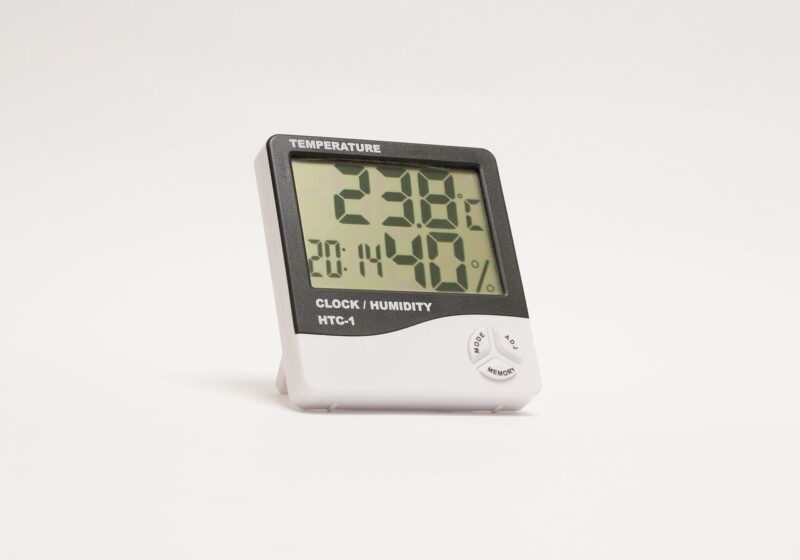
Indoor plants can often struggle to adapt to the air quality and temperature variety found in homes. Hostas generally prefer cooler temperatures and higher humidity levels, much like their native woodland habitats.
To create a more favorable environment for your indoor hostas, consider placing them in slightly cooler areas of your home, avoiding areas near heat sources like radiators. Ideally, aim for temperatures between 60°F to 75°F (15°C to 24°C).
Increasing humidity can dramatically improve your hostas’ well-being. A simple way to achieve higher humidity is to place a shallow tray filled with pebbles and water beneath the pot. As the water evaporates, it increases the moisture in the surroundings, benefiting your plants.
Alternatively, consider using a humidifier in your living space, especially during dry winter months. This simple addition can improve not just your hostas, but the overall air quality for you and your family as well!
Pest and Disease Prevention
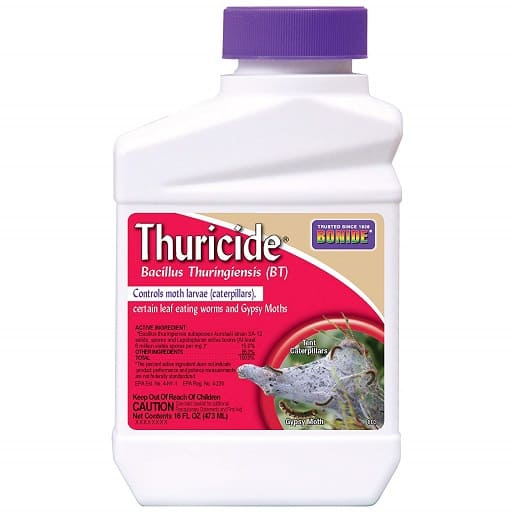
As with any houseplant, hostas are susceptible to certain pests and diseases. Being proactive about prevention can save a lot of trouble down the road.
Common pests include aphids, spider mites, and mealybugs. Regularly inspecting the foliage can help catch these pests early. If you notice any infestation, a jet of water can help dislodge them, and insecticidal soap or neem oil can be employed for more serious issues.
Diseases, such as root rot or leaf spot, are also common concerns. Ensuring that your hostas are not overwatered, well-ventilated, and not packed too tightly can help mitigate these risks.
Keep in mind that good hygiene is crucial; clean fallen leaves or debris from the pot to reduce the likelihood of pests seeking shelter. Inspect neighboring plants as well, as pests can quickly travel from one plant to another.
Seasonal Care and Dormancy
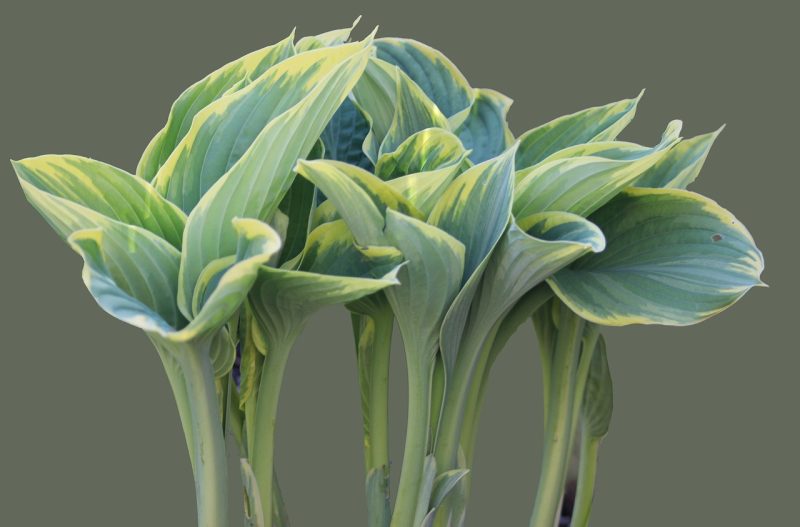
An often-overlooked aspect of growing hostas indoors is their seasonal cycle. In many climates, hostas naturally enter a period of dormancy during the winter months. While they are a perennial plant, their growth slows significantly during this time, and leaves may yellow and die back in response to temperatures dropping.
For indoor gardeners, managing this dormancy is essential. Reduce watering during the winter months while ensuring that the pots remain above freezing, as they can still suffer severe damage from frost.
If you’re experiencing difficulties with dormancy indoors, you might consider mimicking natural conditions by placing the pots in a cooler room where they can receive filtered light. As spring approaches, begin to increase your watering frequency and reseat them in their regular sunny spots. The gradual shift will stimulate new growth.
The Benefits of Growing Hostas Indoors
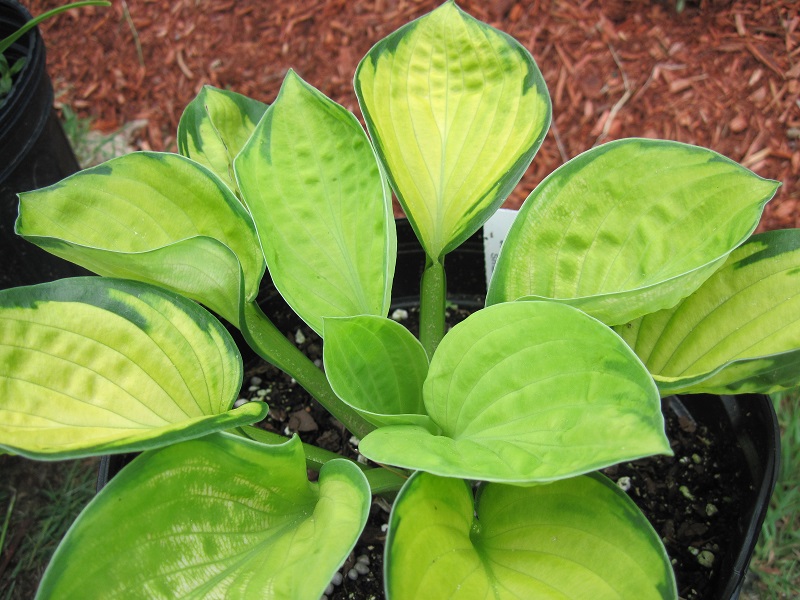
Beyond the aesthetic appeal of lush, vibrant foliage, the benefits of growing hostas indoors are numerous.
1. Air Purification
Indoor plants play a significant role in improving air quality, and hostas are no exception. Their broad leaves can help filter out toxins like formaldehyde, benzene, and ammonia from the air, creating a cleaner and fresher living environment.
2. Mood Booster
Living with plants has been shown to enhance mood and reduce stress levels. The presence of greenery around you can evoke feelings of tranquility and connection to nature, making your home feel more inviting.
3. Versatility and Aesthetic Appeal
Hostas offer an unparalleled variety of leaf textures and colors, making them perfect for decorative purposes. They can act as stunning centerpieces on a coffee table or add an elegant touch to a kitchen countertop. Their versatility allows you to dress up any indoor space without overwhelming it.
4. Low Maintenance
Unlike some houseplants that require constant attention, hostas are relatively low maintenance, especially once you establish the right conditions for growth. As long as they’re provided with adequate light and moisture, they can thrive while allowing you to focus on other aspects of your indoor gardening journey.
Bringing It All Together
In conclusion, yes, hostas can flourish indoors with the right setting and care. By understanding their unique needs and providing a supportive environment, you can cultivate these stunning plants within your home, enjoying their beautiful foliage year-round.





